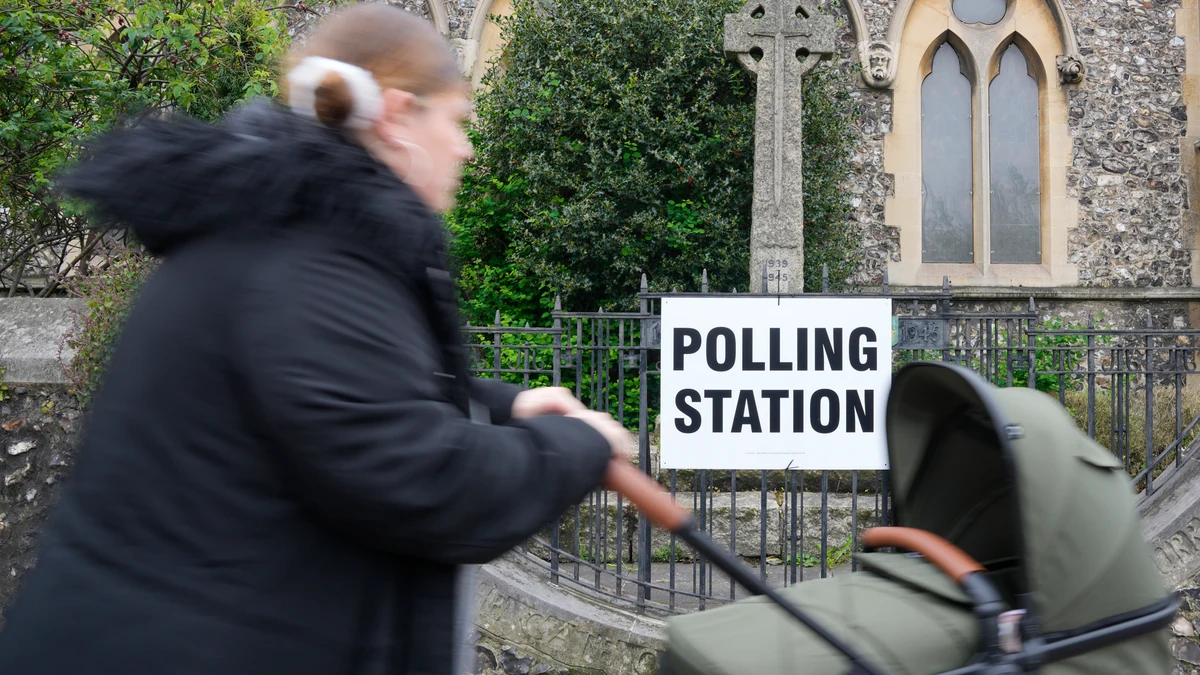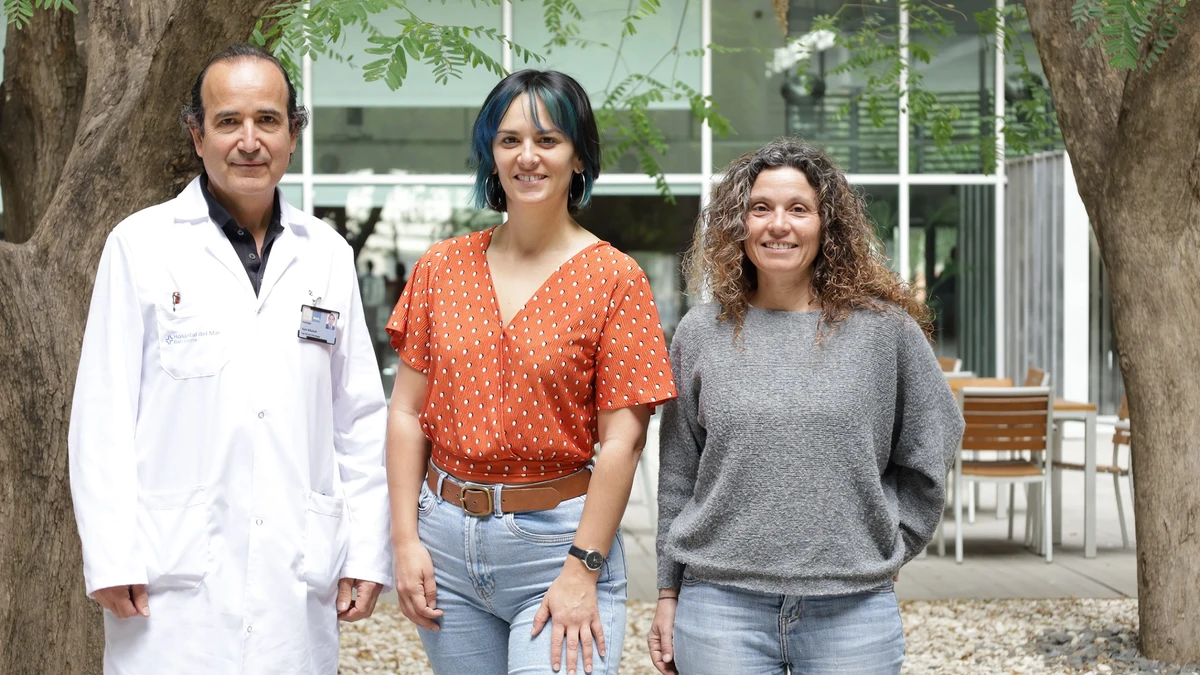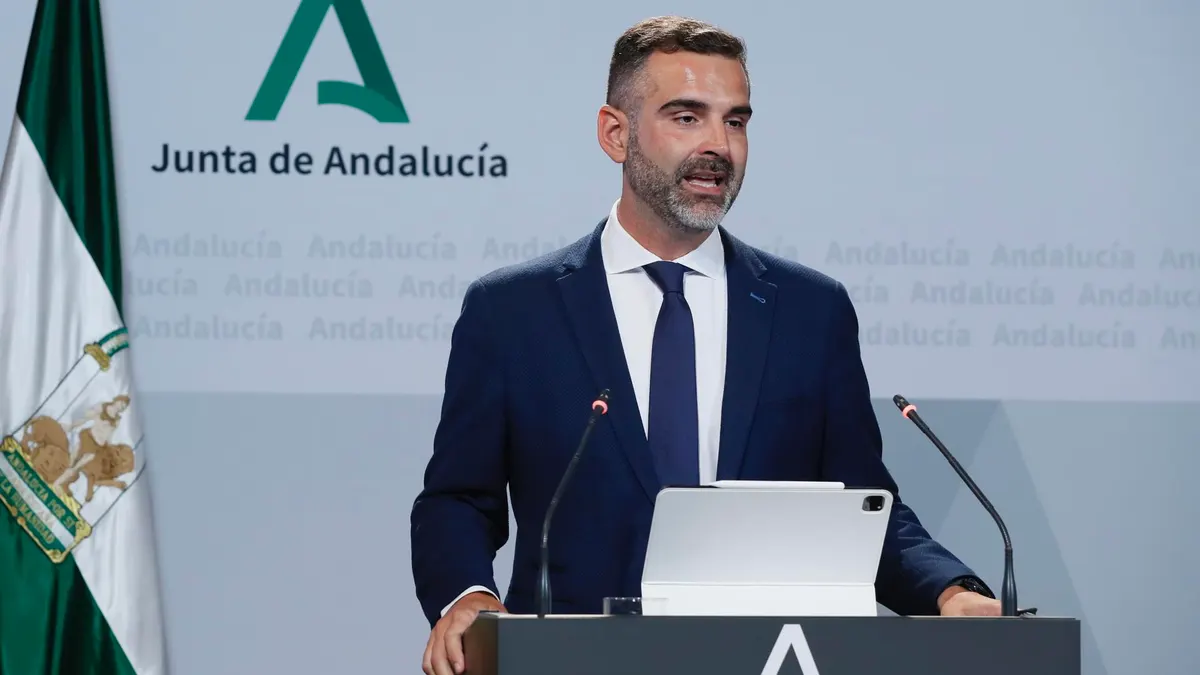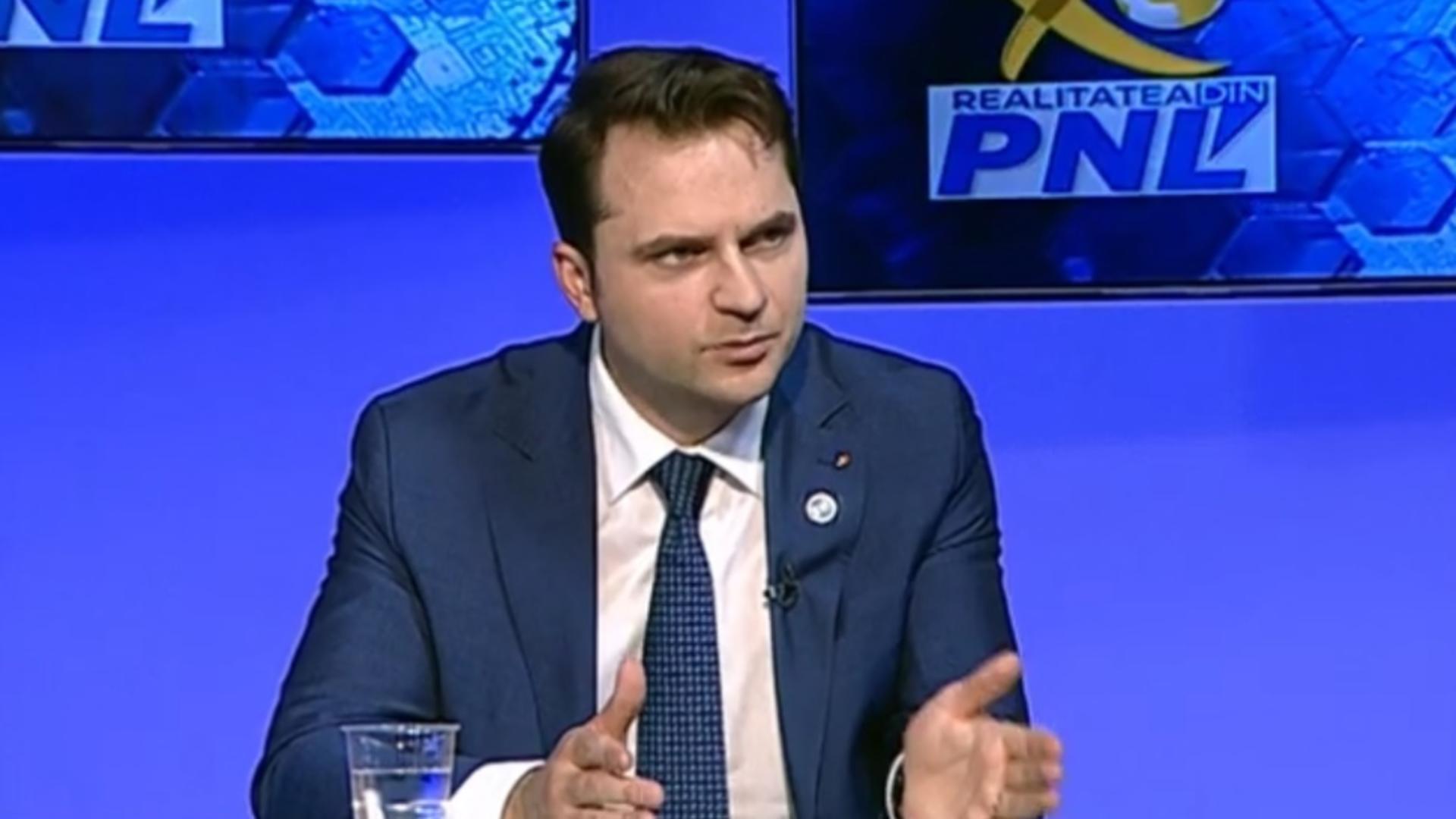Chicago is usually the perfect place for sightseeing — but to observe April 8’s total solar eclipse many astronomy fans are heading south.
The moon will completely block the sun for more than four minutes in southern Illinois for the second time in seven years. About 90% of the sun will disappear in Chicago during the same event.
When was the last time Chicago experienced a total solar eclipse? Before the city existed! On June 16, 1806 — more than three decades before Chicago became a city — this area came within a whisker (99.9%) of a total solar eclipse with totality observed southward into central Illinois.
The rare experience is likely to make some people speechless and others cry.
Beloved former WGN-TV chief meteorologist Tom Skilling was choked when he viewed the phenomenon in Carbondale in 2017. His reaction became an internet sensation. He’s flying back from Hawaii to observe it again from the same location.
When will Chicago gets its place again in the absence of the sun? Skilling says areas from Evanston north into Wisconsin will experience a total eclipse Sept. 14, 2099. So get those reservations made now.
While we’re waiting, here’s a look back through the decades at how Chicagoans celebrated the arrival of a solar eclipse.
Eclipse chasers head to southern Illinois for 2nd total solar eclipse in 7 years: ‘You get hooked’
Aug. 30, 1905: Smoke and clouds obscure the view
Chicagoans had to wake early to catch a glimpse of the eclipse. The Tribune reported that many people were outside by 5:30 a.m.
“The parks contained almost as many people as on an ordinary week day and the housetops, balconies and other vantage points were alive with spectators.”
Amateur astronomers found smoked glasses and cardboard devices useless due to the weak light of the early morning.
Chicago Daily Tribune solar eclipse coverage on Aug. 31, 1905.
In Evanston, smoke and clouds made it impossible to take great photos at Northwestern University’s observatory.
The best view was captured at Yerkes Observatory in Williams Bay, Wisconsin. Still, experts considered it unsatisfying.
“The sun was too quiet and disappointing,” said professor E.B. Frost.
Find solar glasses and build your own projector for upcoming eclipse
Feb. 3, 1935: View spoiled
Solar eclipse on Feb. 3, 1935 from the Yerkes Observatory in Wisconsin. (Chicago Tribune)
Less than an hour before the moon was to cross the face of the sun, clouds rolled in.
Solar eclipse: Glasses are key, but did you know clothing choice could enhance viewing?
March 7, 1970: Experiencing it like a child
Gil Guerra photographs the solar eclipse on March 7, 1970, near the Adler Planetarium in Chicago. (Walter Neal/Chicago Tribune)
The Adler Planetarium was flooded with questions — and Boy Scouts — during the event.
It was the first time Eric Carlson, an astronomer at the facility, had ever looked at the sun with two pieces of cardboard.
“I’ve never done it before,” he admitted. “I was never an amateur astronomer. Here I am learning the first lessons last.”
Despite the danger of eye damage because of looking directly into the sun during the eclipse, a random sampling of hospitals revealed that there were no reports of people being admitted with eye injuries.
Ask the Pediatrician: How can I safely watch a solar eclipse with my children?
May 10, 1994: A mane event for Art Institute’s lions
Steppenwolf Theatre cast and staff step outside their theater to view the near-total solar eclipse on May 10, 1994, in Chicago. (Nancy Stone/Chicago Tribune)
The two bronze lions that stand guard outside the Art Institute of Chicago were nonplussed when a solar eclipse crowned their 100th birthday party.
As the sky darkened, the Michigan Avenue steps of the Art Institute filled with packs of school kids and curious onlookers.
“I hope you realize just how much planning it took for us to get this eclipse to happen today,” James Wood, the Art Institute’s director and president, told the packs of schoolchildren, seniors and downtown workers who gathered for both the solar event and the birthday party. The festivities began at noon, and the sun was 94 percent gone by 12:04 p.m.
The statues of the African lion, the biggest and fiercest of the species, are considered legendary landmarks, images inseparable from the Art Institute and from Chicago.
The bronze statues were sculpted by artist Edward Kemeys for the museum in 1893, in time for the first Chicago World’s Fair, and commissioned by Florence Lathrop Field, wife of Henry Field. According to a 2018 account from the Art Institute, the lions were installed the following year: “The lion on the north pedestal is ‘on the prowl.’ The other, ‘in an attitude of defiance’ on the south pedestal was, according to the artist, ‘the most difficult I have ever attempted.’”
In 2022, the lions were removed from their perches for cleaning and conservation work then reinstalled on their plinths flanking the main entrance.
ONCE IN LIFETIME, A MOON-DAY SUN
Aug. 21, 2017: Awe from Chicago to southern Illinois
The first total solar eclipse streaming across the continental U.S. since 1918 — the one that was supposed to put on a breathtaking celestial display here — was less than totally fulfilling for Dave Ellis.
“You have to say it was disappointing just to get that glimpse of it,” said Ellis, a 1980 graduate of Southern Illinois University at Carbondale.
A fat, low cloud permitted him and about 15,000 others in and around the university’s football stadium to catch less than five seconds of totality, when the moon slides in front of the sun and blocks its light completely. “That was a pretty mean trick.”
But 7 miles south in Makanda, the total eclipse was visible for the full 2 minutes and nearly 42 seconds, an experience Makanda eclipse ambassador Joe McFarland called “emotionally overwhelming.”
In the Chicago region, clouds also teased perhaps hundreds of thousands of viewers by shrouding the peak, 87 percent coverage of the sun that occurred about 1:20 p.m.
A woman views the partial solar eclipse in Chicago, Aug. 21, 2017. (Antonio Perez/ Chicago Tribune)
“It was one of those once-in-a-lifetime experiences,” said Vijay Patel, of Glenview, shortly after the cloudy eclipse presented itself to a crowd at Adler Planetarium, where attendance was estimated at 45,000. “So you want to bring your kids to experience it.”
Many cheered when the sun punched through the cloud cover. Patel described the eclipse as a “gift from God,” although he chuckled when acknowledging that his two sons, ages 11 and 8, “had no idea what they were seeing, but they thought it was pretty cool.”
“As it was starting,” Patel said, “my son was like, ‘It took a bite out of it.’”
Tom Skilling’s solar eclipse sob a joy to viewers
Want more vintage Chicago?
Become a Tribune subscriber: It’s just $12 for a 1-year digital subscription
Follow us on Instagram: @vintagetribune
And, catch me Monday mornings on WLS-AM’s “The Steve Cochran Show” for a look at “This week in Chicago history”
Thanks for reading!
Join our Chicagoland history Facebook group and follow us on Instagram for more from Chicago’s past.
Have an idea for Vintage Chicago Tribune? Share it with Ron Grossman and Marianne Mather at rgrossman@chicagotribune.com and mmather@chicagotribune.com





